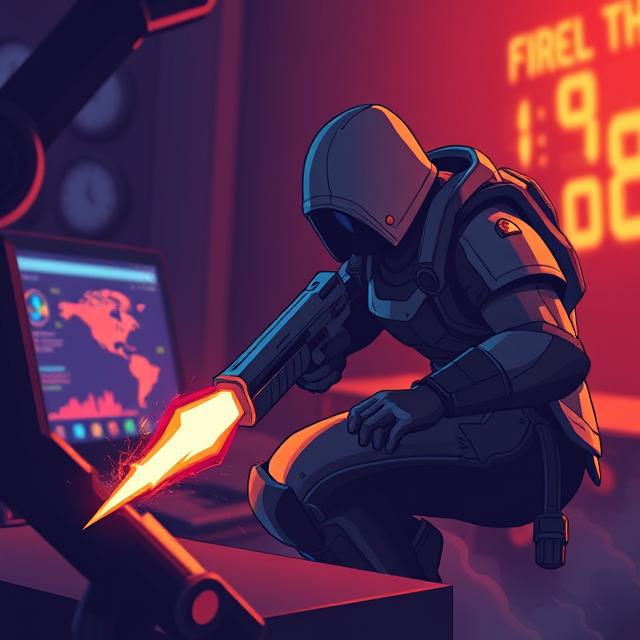Difficulty settings aren’t just a courtesy—they’re a design philosophy that can make or break player engagement. Games that do this right appeal to a broad audience while preserving challenge for hardcore players. Those that don’t? Risk alienating both.
Great difficulty systems are about choice and clarity. Games like Celeste offer customizable assists, not just easy mode. Players can toggle infinite dashes, slow down time, or reduce damage—all while being told: “This doesn’t make your experience less valid.”
On the other end, games like Sekiro choose a single difficulty path, prioritizing creative intent. It’s a risky move, but one that pays off when tightly balanced. Still, this approach limits accessibility.
Some titles use adaptive difficulty—increasing or decreasing challenge based on player performance. Resident Evil 4 (Remake) subtly shifts enemy aggression depending on how well you’re doing. It’s seamless and keeps tension high.
Difficulty also affects retention. If a game is too easy, players might get bored. Too hard without proper onboarding, and they’ll quit. The best games offer a learning curve, not a wall. Tools like tutorials, checkpoints, and retries make tough games manageable.
In the end, difficulty should be a dialogue, not a punishment. Empowering players to choose how they engage leads to higher completion rates—and more meaningful victories.






